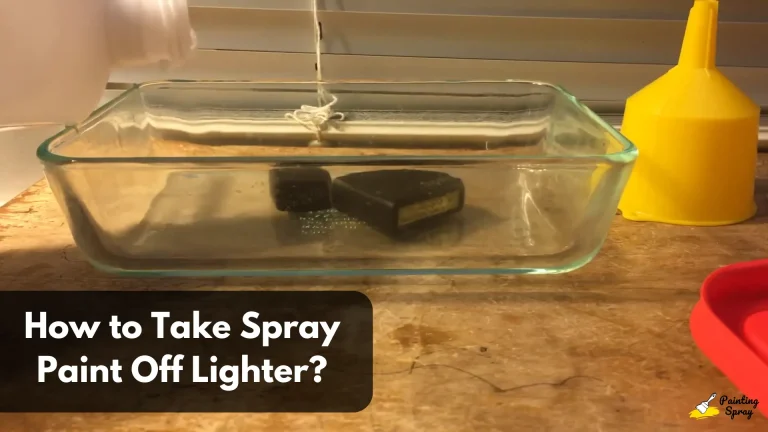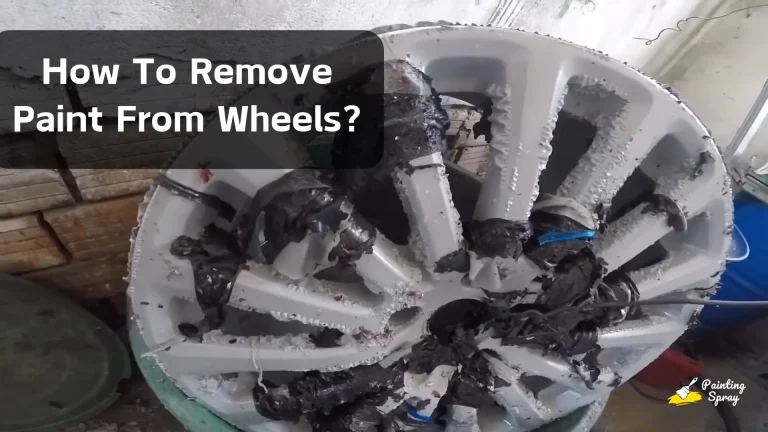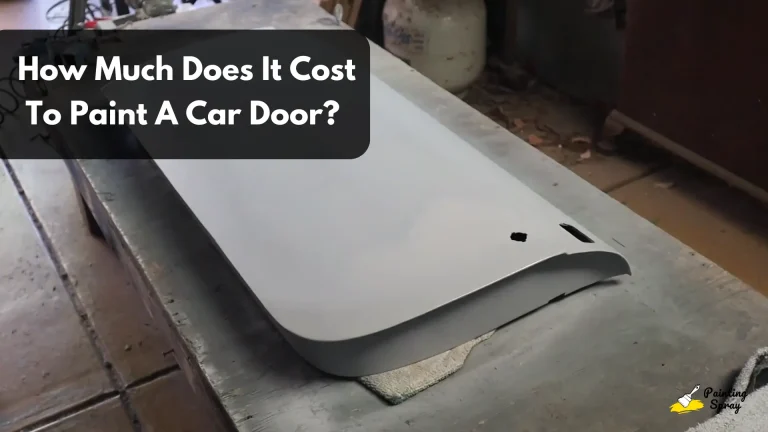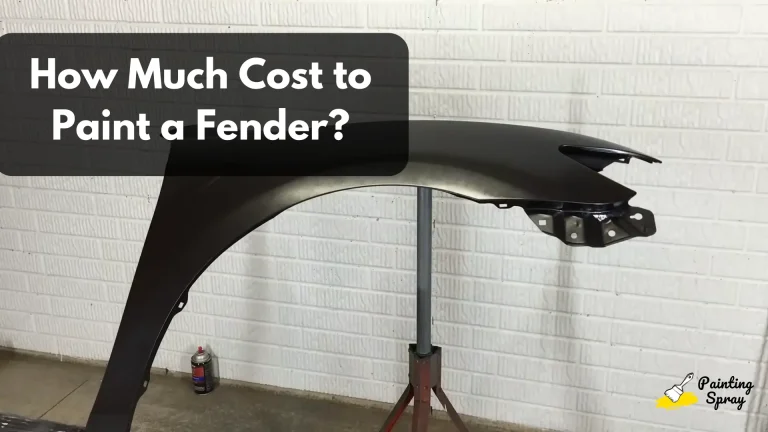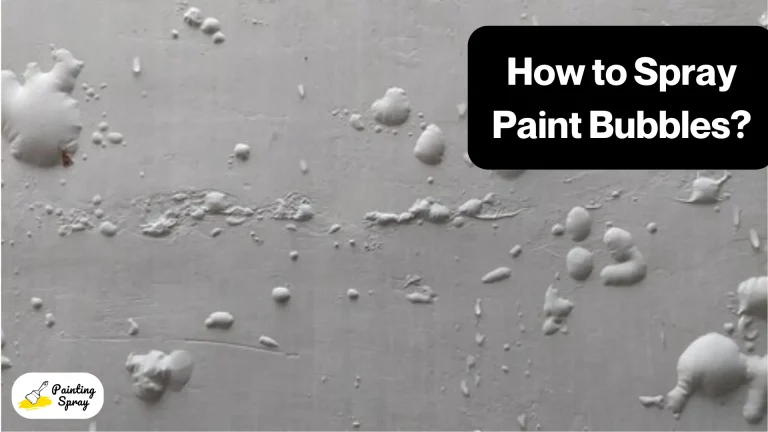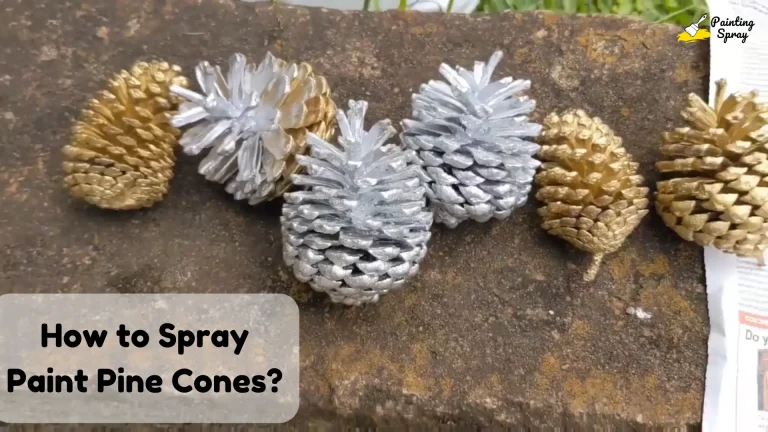How to Spray Paint Ceramic Vase: A Step-by-Step Guide for Stunning Results

Spray painting a ceramic vase can be a fun and creative way to update your decor. To achieve the best results, start by properly preparing your vase and selecting the right materials.
With a little time and effort, you can transform a plain vase into a stunning piece that reflects your style.
Before you begin, it’s essential to clean and prepare your vase. Any dust or oil on the surface can affect how well the paint adheres, leading to a less than perfect finish.
Once your vase is clean, you’ll be ready to apply the spray paint, ensuring a smooth and even coverage that will enhance the final look.
Whether you’re aiming for a bold color or a simple touch-up, the right steps will help you achieve a professional-looking finish. From the supplies you use to the techniques you apply, each choice plays a role in the outcome of your project.
Key Takeaways
- Clean your vase thoroughly before painting for the best results.
- Use high-quality spray paint designed for ceramics.
- Allow adequate drying time for a durable finish.
Preparing Your Ceramic Vase for Painting
Before you start spray painting your ceramic vase, it’s important to prepare it properly. This process involves gathering your materials, cleaning the vase thoroughly, and creating a well-ventilated workspace. Each step is essential for achieving a smooth finish and ensuring that the paint adheres well.
Gather Your Materials
Start by collecting supplies that you will need for your project. Here’s a quick list:
- Spray Paint: Choose a high-quality spray paint designed for ceramics.
- Sandpaper: Use 100 grit sandpaper for roughening the surface.
- Rags: Clean, lint-free rags are necessary for wiping down the vase.
- Drop Cloths/Newspapers: Protect your area from overspray.
- Masking Tape: Use this to cover any areas you don’t want to paint.
Having these items ready will make the painting process smooth and efficient. It’s helpful to lay everything out so you can easily access them while you work.
Clean the Vase
Cleaning your ceramic vase is essential to remove dirt, dust, and grease that can affect paint adhesion.
- Wash: Use soap and water to clean the surface. Rinse thoroughly.
- Dry: Allow the vase to dry completely.
- Rubbing Alcohol: Wipe the surface with rubbing alcohol. This will remove any oils that could prevent the paint from sticking.
- Sand (If Necessary): If your vase has a glossy finish, lightly sand it with 100 grit sandpaper. This makes the surface rougher, helping the paint stick better.
Taking these steps will ensure a clean, prepared surface for your spray paint.
Set Up a Well-Ventilated Workspace
A good workspace is vital for safety and application. Follow these steps to set up:
- Choose an Area: Select a location outdoors or in a garage with doors or windows open.
- Cover Surfaces: Lay down drop cloths or newspapers on the ground to catch any overspray.
- Remove Obstacles: Ensure there’s plenty of space to move around the vase. Keep other items out of the area.
Good ventilation reduces fume inhalation and helps paint dry evenly. Following these guidelines will create a safe environment for your work.
Applying the Paint
To achieve an attractive finish when spray painting your ceramic vase, selecting the right supplies and using correct techniques is critical. This section focuses on choosing the right spray paint and applying it in even coats.
Choosing the Right Spray Paint
When picking spray paint, focus on ceramic-specific options for the best results. Brands like Krylon and Rust-Oleum offer paint designed to adhere to ceramic surfaces. Look for products labeled as ceramic spray paint to ensure durability and a smooth finish.
Check the finish type, which can range from matte to glossy. Rust-Oleum Painter’s Touch is popular for its easy application and reliable coverage. Always read the label for drying times and instructions. This helps you understand the best conditions for applying your paint.
Applying Thin, Even Coats
Applying thin, even coats is key to a smooth finish and prevents drips. Start by shaking the can for about a minute before spraying. Hold the spray can about 10 to 12 inches from the vase.
Begin spraying off the edge of the vase and move in a steady motion. Overlap each pass by about 50% to ensure even coverage. Apply multiple thin coats rather than one thick layer. This helps the paint dry faster and reduces the risk of runs or uneven texture.
After each coat, allow the vase to dry for the recommended time on the spray paint can. This helps improve adhesion and durability for the final finish.
Ensuring Durability and Finish
To achieve a lasting and attractive look for your ceramic vase, focus on two key aspects: creating a glossy finish and using sealants for protection. These steps will enhance both the appearance and durability of your project.
Achieving a Glossy Finish
A glossy finish adds elegance to your ceramic vase. Begin by selecting high-quality ceramic paints, preferably acrylics designed for ceramics. These paints provide better adhesion and a professional look.
Before you paint, ensure the vase is clean and dry. Lightly sand glossy surfaces to create texture for better paint stickiness. Apply thin layers of paint, allowing each layer to dry completely before adding the next. This method helps avoid drips and promotes an even finish.
For the best results, use a spray paint specifically made for ceramics. It ensures an even application and a smooth finish. After painting, consider adding a layer of clear acrylic gloss for extra shine. This not only enhances the appearance but also fortifies the surface against scratches.
Using Sealants for Protection
After achieving your desired finish, applying sealants is crucial. A clear sealant serves to protect the painted surface from chips, scratches, and fading over time. Look for sealants designed for use on ceramics to ensure compatibility.
You can choose either spray or brush-on sealants based on your comfort and the size of your vase. Ensure the paint is fully dry before applying the sealant. Follow the product instructions for the best results. Typically, it’s advisable to apply multiple thin layers, allowing proper drying time between applications.
By sealing your vase, you enhance the durability and longevity of the paint. This step also improves the vase’s resistance to moisture, making it suitable for displaying flowers or other decorative elements.
Frequently Asked Questions
Here are some common questions about spray painting ceramic vases. These answers can help guide you through the process and ensure you achieve the best results.

